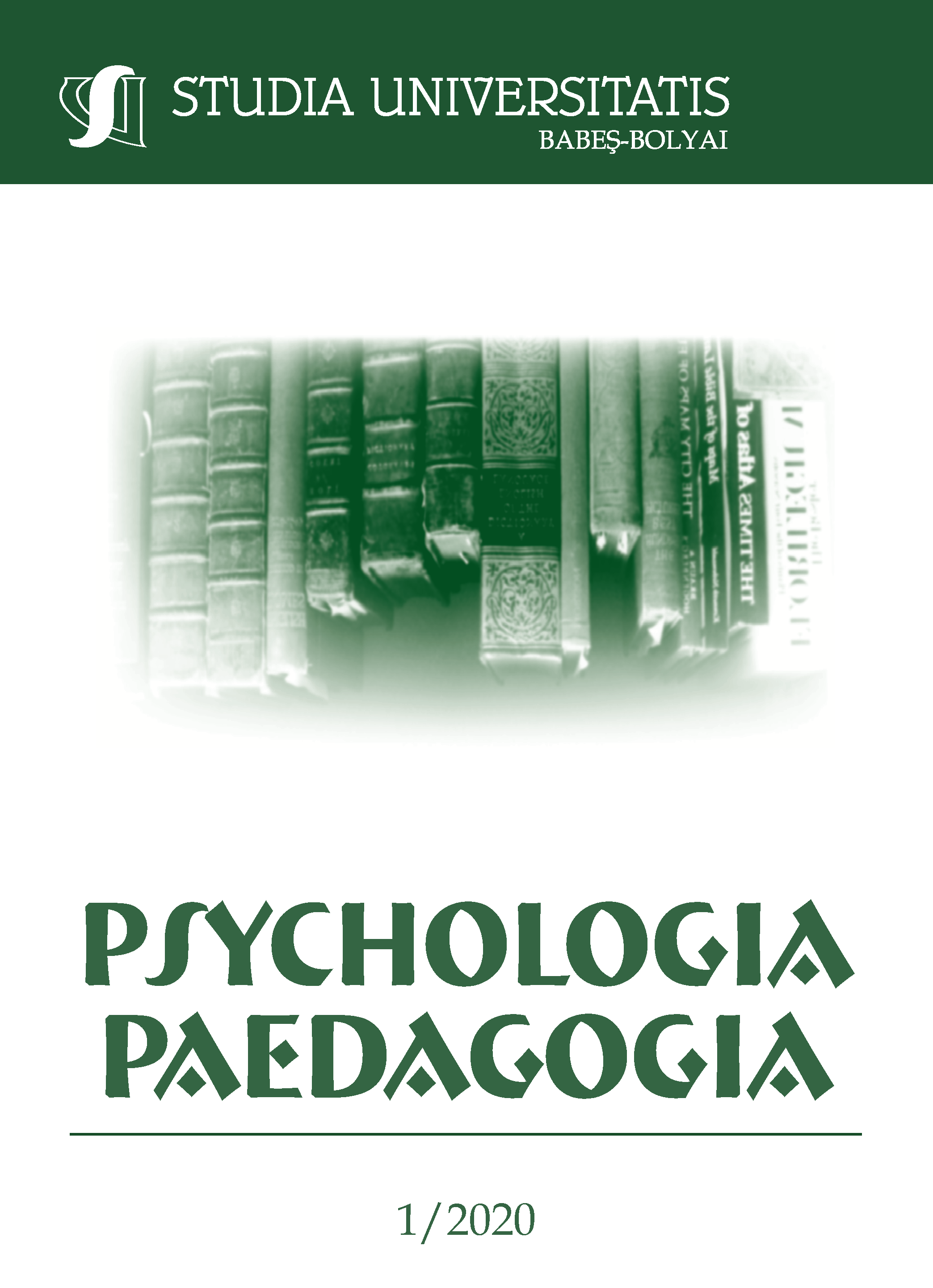THE USE OF A SITUATIONAL PRESENTATION IN TEACHING ENGLISH GRAMMAR
DOI:
https://doi.org/10.24193/subbpsyped.2020.1.05Keywords:
English Language Teaching (ELT), English grammar, second conditional clause, situational presentation, Presentation-Practice-Production (PPP)Abstract
The purpose of this paper is to highlight one of the lesson frameworks that can be used in an English language class in order to teach grammar, while also integrating into the lesson the practice of language skills. A situational presentation teaching method is used in English language teaching contexts and is also known as a Presentation-Practice-Production. The aim of such a lesson is to introduce to students a scenario that will enable them to discover the target language, which they will later on practise in the lesson. Thus, this teaching format will give the students the opportunity to acquire new grammar knowledge that will be further practised along the lesson in restricted and freer practice activities. In the freer practice the students will be able to integrate the new grammar into activities designed to stimulate the practice of productive skills, such as speaking, while interacting with their peers. The article will include self-made samples of tasks and resources used in an English language class focused on teaching grammar and a clear description of the lesson stages for the full comprehension of this lesson framework, while pointing out the benefits and some of the drawbacks of such a method in the realm of English language teaching.References
Dummett, P. Hughes, J. & Stephenson, H. (2013). Life. Upper-Intermediate. Student’s Book. CENGAGE Learning.
Harmer, J. (2015). The Practice of English Language Teaching. Fifth Edition. Harlow: Pearson Education.
Murphy, R. (2012). English Grammar in Use. Fourth Edition. London: Cambridge University Press.
[Online image of young woman in an office] (n.d.). Retrieved from https://www.alamy.com/stock-photo-studio-shot-of-young-woman-working-in-office-being-under-emotional-53031743.html
[Online image of young woman on a beach] (n.d.). Retrieved from https://shutterstock.com/young-fashion-woman-relax-on-260nw-281456879
[Online image of summer hot sun] (n.d.). Retrieved from https://www.123rf.com/photo_14510469_summer-hot-sun.html
[Online image of group young hipster friends] (n.d.). Retrieved from https://www.pond5.com/stock-footage/item/76792074-group-young-hipster-friends-walking-and-dancing-together-playing-guitar-and-singing-songs-on-a-beach-at-the-water’s-edge
[Online image of woman swimming] (n.d.). Retrieved from https://www.stocksy.com/2103924/woman-swimming-underwater-in-pool
[Online image of the great sphinx] (n.d.). Retrieved from https://www.shutterstock.com/image-photo/full-profile-great-sphinx-including-pyramids-367627982
Parrott, M. (2010). Grammar for English Language Teachers. London: Cambridge University Press.
Scrivener, J. (2010). Teaching English Grammar. London: Macmillan Education
Scrivener, J. (2011). Learning Teaching. The Essential Guide to English Language Teaching. Third Edition. London: MacMillan.
Downloads
Published
How to Cite
Issue
Section
License
Copyright (c) 2020 Studia Universitatis Babeș-Bolyai Psychologia-Paedagogia

This work is licensed under a Creative Commons Attribution-NonCommercial-NoDerivatives 4.0 International License.





